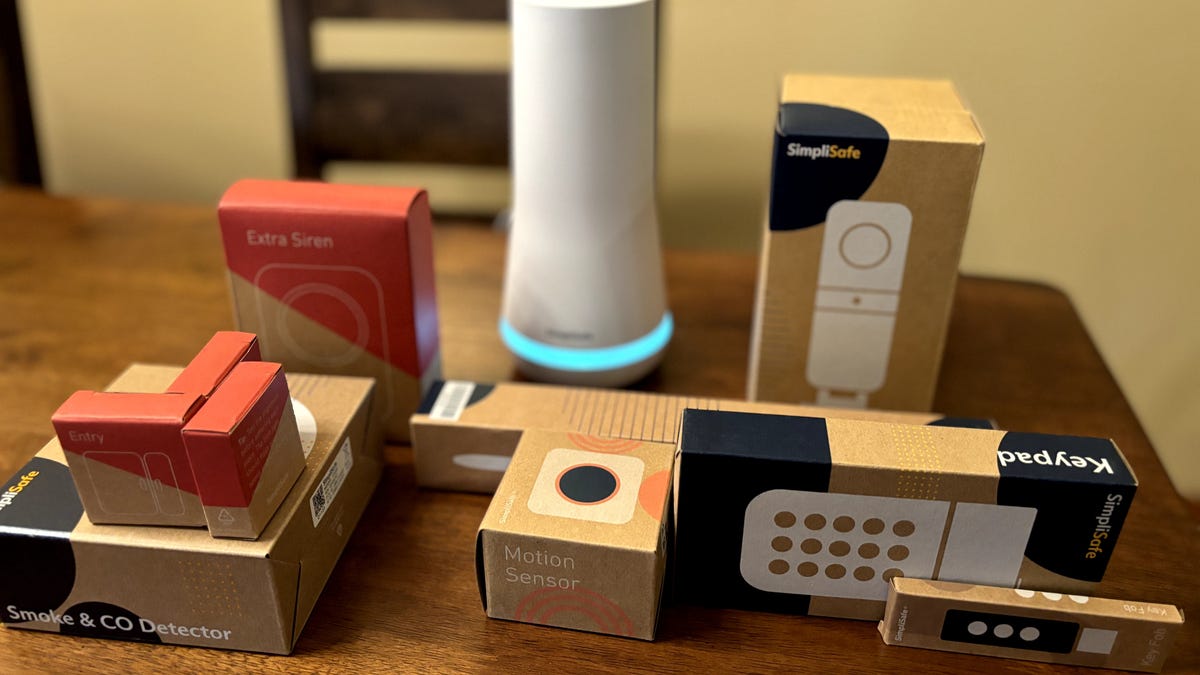Not sure how to make up your mind? Here are the most important factors when considering a home security system that will spare your wallet.
Pricing and subscriptions
Security systems can be opaque when it comes to final pricing. The listed cost is often replaced by constant, rotating discounts which are more representative of the actual cost, and total subscription fees may not be obvious.
For our list, we chose DIY companies with upfront pricing models so you can see what you get, aiming generally between $200 and $300. If you want to save as much as possible, watch subscriptions carefully to see what’s included. Sometimes, you may be able to get away without a subscription at all, especially if you don’t want any cameras. Other times, a basic self-monitoring plan may be required.
App controls
Apps should be easy to understand and avoid hiding important features behind complex menus or constant demands for subscription fees. Look for clean apps with helpful user interfaces, large touchscreen buttons and walkthroughs during your setup process.
Setup and installation
Avoiding professional installation is a great way to save money, so we chose systems that are DIY and don’t have any contract requirements.
Installation also affects value, because smaller, cheaper kits work best when you use them well. That means choosing the most vulnerable doors and windows in your home with as few sensors as possible. You may want to check out our guide on how burglars choose homes to break into.
SimpliSafe’s entry sensors remain DIY-friendly during setup and testing.
Flexible arming and disarming
Look for systems that have remote arming and disarming, customizable arming delays to get out the door and similar features. Automatic arming and disarming based on time of day, geofencing and other options are also handy.
Movability
Affordable security systems are great fits for rentals and apartments, but what happens when you have to move? We favored systems that use adhesive rather than leaving holes in the wall, and that are relatively easy to take down, pack up and install again during a move.
Additional features
Take a look at add-ons if you ever want to expand your system. Look for a variety of sensor options, including motion sensors, video doorbells, fobs, smart locks, glass break/vibration sensors and more. These should be affordable and easy to add.
You’ll be alerted every time this door is opened with the do-it-all Arlo sensor.
Smart home compatibility
If you already use a voice assistant or standalone smart home devices, check to see if the home security system supports them before you buy. Google and Alexa are commonly supported, but other platforms less so, and home security systems can vary a lot. Matter compatibility is helping out here, but still has a long way to roll out.
Monitoring options
Even cheap home security systems offer professional monitoring services that can call the police or fire department for you, among other services. But they cost a monthly fee, which kind of defeats the purpose of finding a cheap home security system. If you want a monitoring plan to enable extra features and get professional eyes on your home, they typically cost between $20 to $30 a month for starter versions.
Read the full article here


